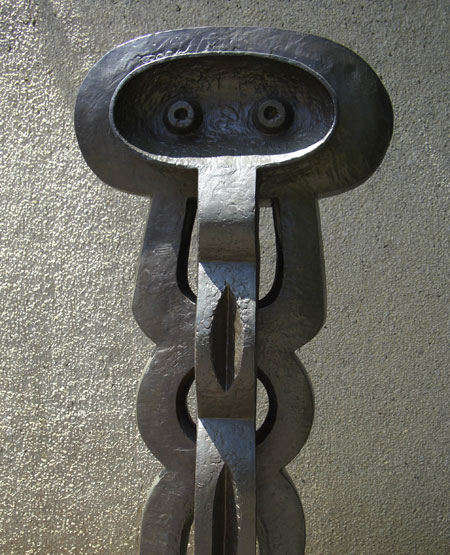In a recent post that attracted widespread admiration on the Internet, Paul Buchheit declared, “I am nothing.” Excellence in execution of this statement would propel Buchheit into the ranks of leading bureaucrats. Buchheit, however, was the creator and lead developer of Gmail at Google, and he current acts as an angel investor and entrepreneur. These activities raise serious questions about his merits as a bureaucrat.

Talking and writing about nothing is not enough. Real-world bureaucratic success always depends on execution: doing nothing. Top-ranked bureaucrats engage in self-effacement day in and day out, year after year. They remain tranquil in the midst of turbulent activity, they provide brick-solid, consistent service, and they survive through shakeups, reorgs, and mission-statement pivots. Buchheit’s curriculum vitae is not bureaucratically rich enough for him to deserve admiration among leading bureaucratic voices.
In other bureaucratic issues this month, Judy Sims is rooting for AOL. She observes:
Think about it, this is a company that has had eleven straight years of layoffs and more executive firings and re-orgs than any single human being can possibly keep track of. (I believe the major re-org count is three this year alone.)
AOL is one of the few companies that have successfully made the transition from Internet pioneer to highly effective bureaucracy. We are delighted that one AOL department is continuing to mail computer disks, now targeted to acquiring new senior-citizen customers.
AOL’s excellence is exemplified in the agenda for an internal all-hands meeting for TechCrunch after AOL’s announced its acquisition of that company. The meeting ran for 3.5 hours. The first hour of the meeting was entitled, “Welcome/Opening Comments.” The heart of the meeting was a one-hour “HR Orientation” that included topics such as “Badge Photos” and “Fill out Paperwork.” Meetings bring people together and help to make a bureaucracy great.
Daniel Lemire analogizes computers to bureaucrats. As computers become pervasive and vital to everyday life, Lemire’s analogy gains force. Among Lemire’s insights:
One of the cheapest ways to improve the speed of a bureaucracy is caching. Keep track of what worked in the past. Keep your old forms and modify them instead of starting from scratch.
Put differently, bureaucrats invented caching long before microprocessors began using it. Perhaps caching should be renamed bureaucrating, and a cache renamed a bureaucrater. Both computers and organizations could then be ranked by the size of their bureaucraters. A respectable, modern organization should have at least a 100K bureaucrater. The Chinese government has the best potential for building an organization with a 1 Meg bureaucrater.
That’s all for this month’s Carnival of Bureaucrats. Enjoy previous bureaucratic carnivals here. Nominations of posts to be considered for inclusion in next month’s carnival should be submitted using Form 376: Application for Bureaucratic Recognition.